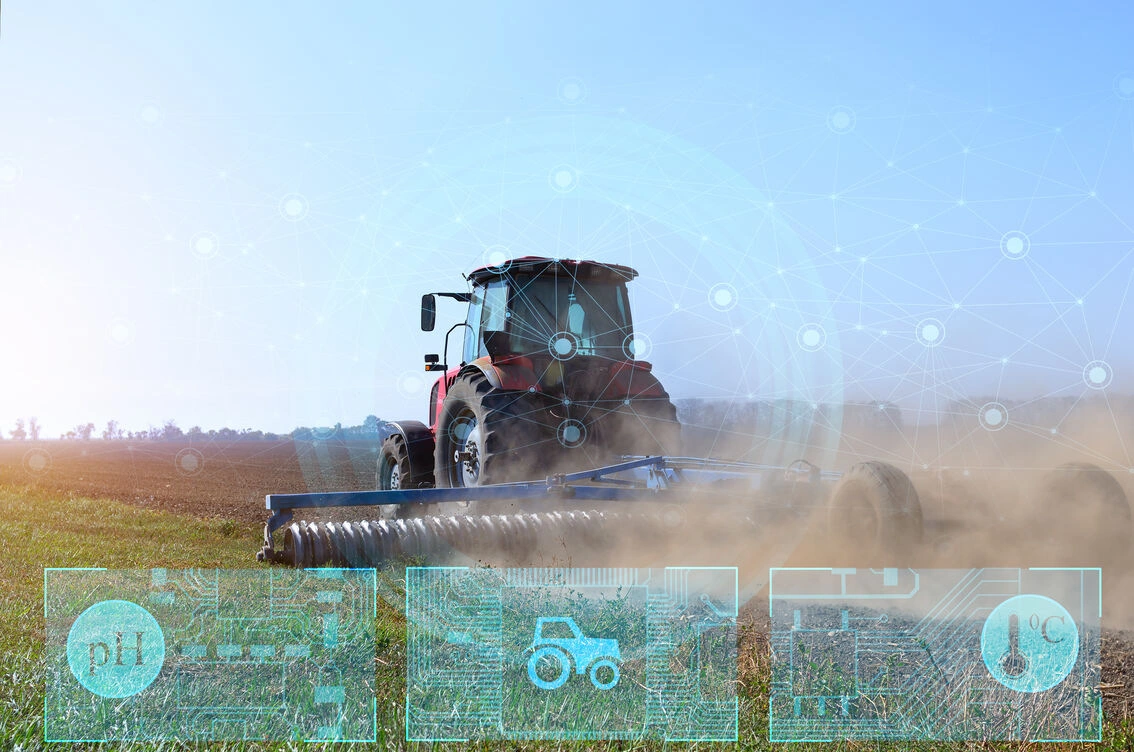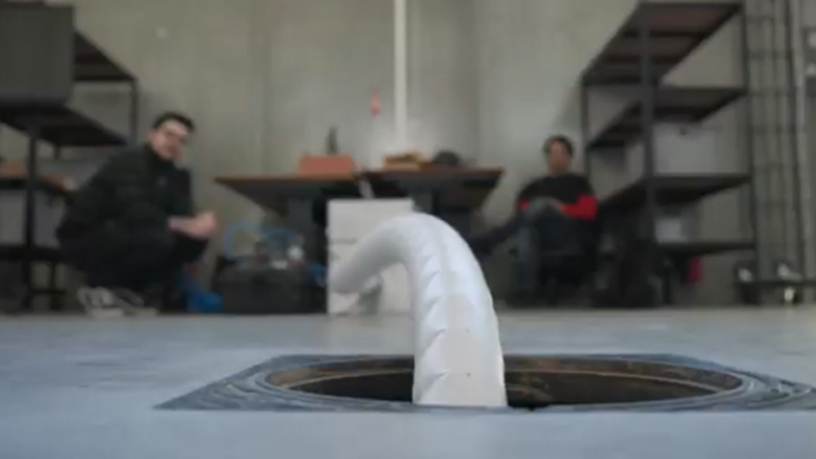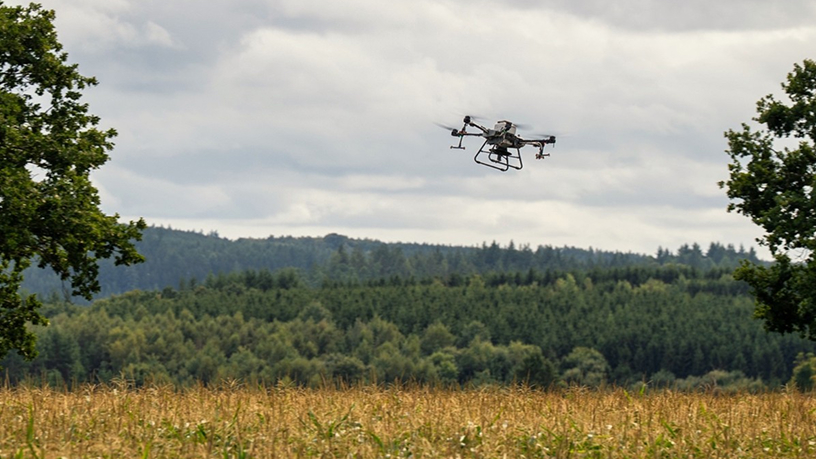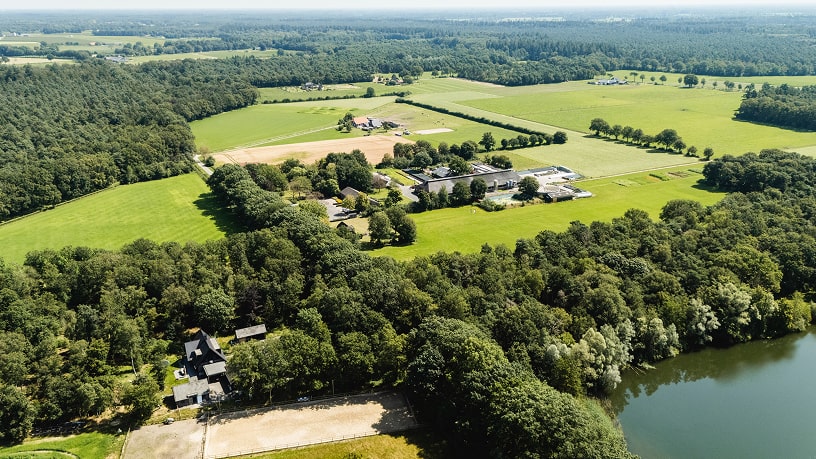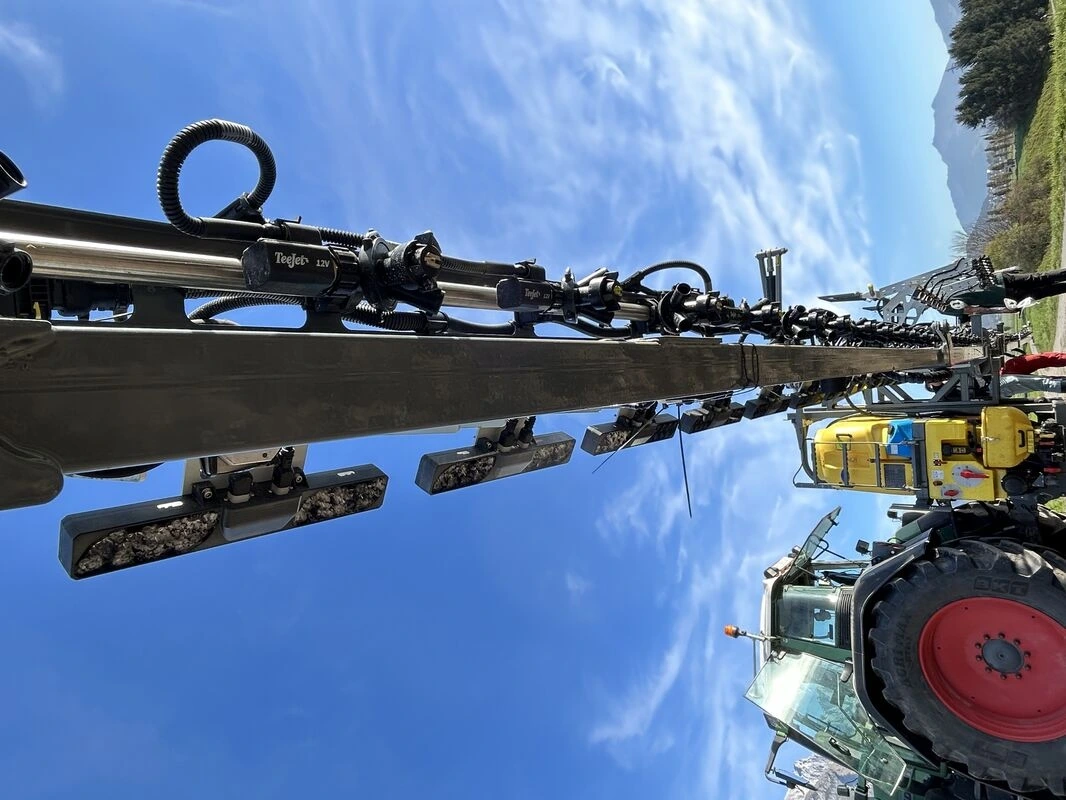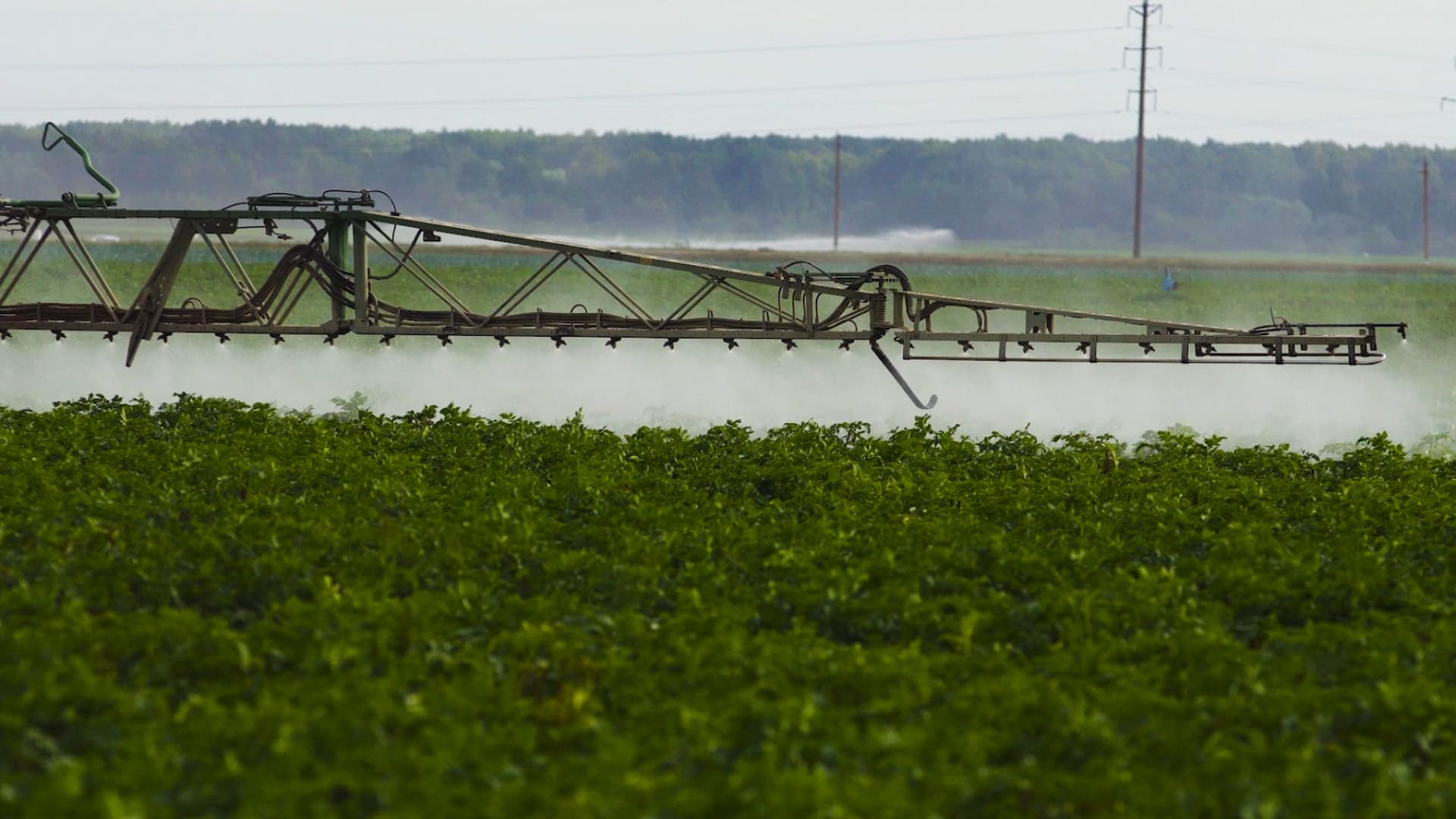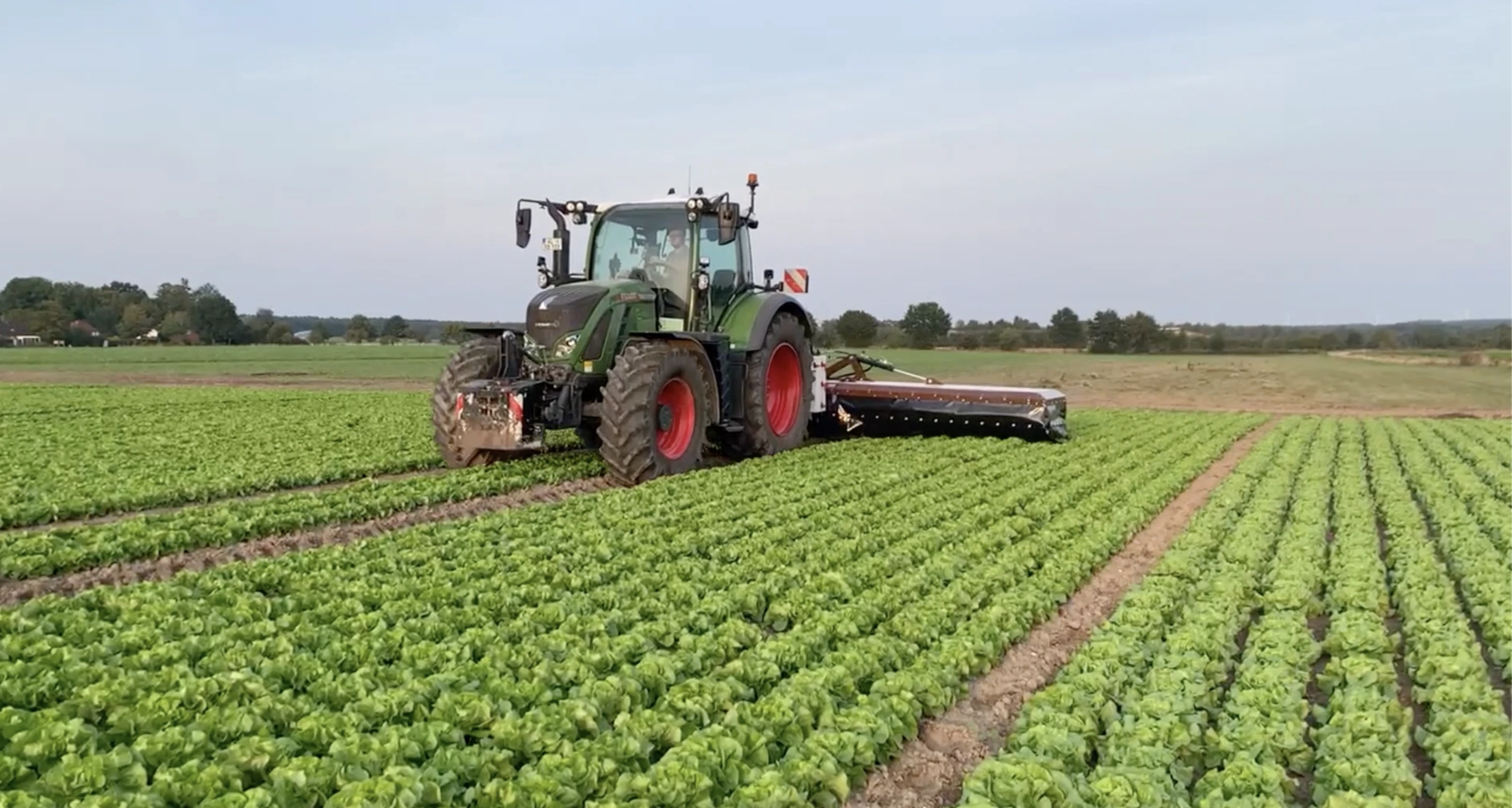Overview
This service concerns the processing of data collected during digital testing of a system, i.e., experimentation done in a computational environment. Digital testing enables easy collection of experimental data; however, such data then need to be suitably processed to extract information about system performance.
The service applies a predefined set of performance metrics (defined either by the customer or via service S00178) to the collected data. Data collection during test execution is expected to have been done by the customer (on request, this activity can be supported by agrifoodTEF via service S00183). The service includes all the activities needed to apply the performance metrics, including the development of any software component needed for data processing or data preparation.
The output of the service is a report providing the quantitative results of the application of the performance metrics to the experimental data. The report also includes an evaluation of these results aimed at highlighting possible issues and pointing out lines for improvement.
